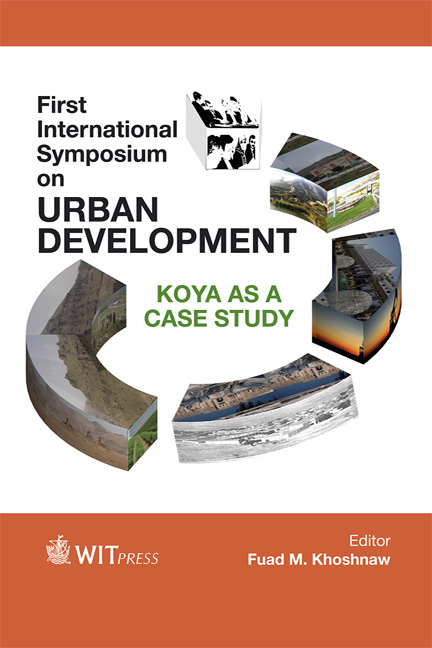Optimizing Transportation Infrastructure Planning: Koya City As A Case Study
Price
£23.00
Volume
77
Pages
7
Page Range
51 - 57
Published
2014
Size
269 kb
Paper DOI
10.2495/ISUD130061
Copyright
WIT Press
Author(s)
Sh. S. Namer
Abstract
In this article the feasibility of using a multi-objective genetic algorithm model to optimize land use, infrastructure, social, and financial variables has been investigated using multi-objective algorithm model. The model used in this article considered three primary objective functions which are minimizing travel time, minimizing per capita cost, and minimizing land use change. Genetic programming is a further extension to the complexity of evolving structures within the genetic programming system the structures hierarchical computer programs. The size, shape and structure of the solution as a genetic program are left unspecified and are found by using genetic programming operators. Solving a problem therefore becomes a search through all the possible combinations of symbolic expressions defined by the programmer. The model was applied on the Koya region in Erbil; a medium sized region experiencing rapid growth. The current population is 90,000 and projected to grow to 250,000 by the year 2030. Residents are becoming progressively more upset with new land development and increasing traffic congestion. Keywords: genetic algorithm, land use, infrastructure, transportation planning.
Keywords
genetic algorithm, land use, infrastructure, transportation planning





